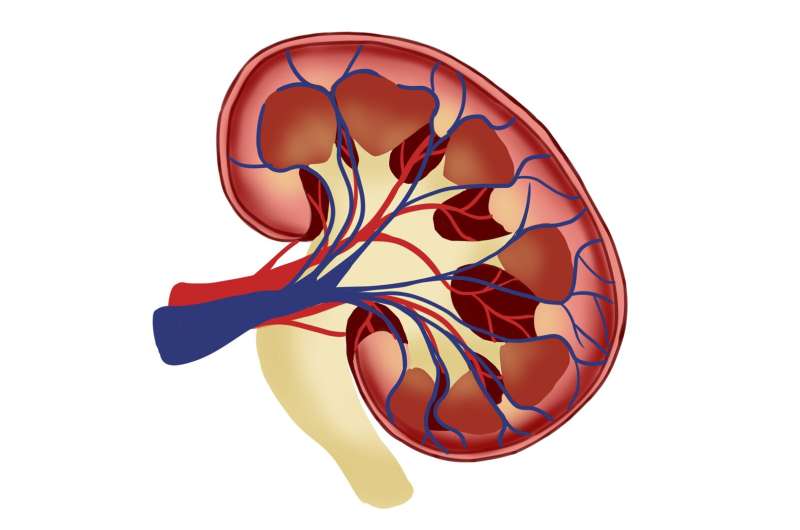Understanding Gene Expression Changes Post-Asbestos Exposure and Their Role in Malignant Mesothelioma Development

New research uncovers how asbestos-induced gene expression changes contribute to the development of malignant mesothelioma, offering potential pathways for diagnosis and targeted therapy.
Recent research suggests that alterations in gene expression caused by asbestos exposure may be a key factor in the development of malignant pleural mesothelioma (MPM), a rare and aggressive form of cancer. Scientists have analyzed publicly available RNA sequencing data using advanced bioinformatics tools to uncover the molecular mechanisms underlying asbestos-induced carcinogenesis.
This study, conducted by the Sbarro Health Research Organization (SHRO), identifies both known and novel genes and pathways involved in the disease process. The findings reveal disruptions in critical biological processes such as ion regulation, oxidative stress response, and cellular structure organization—hallmarks of cellular damage from asbestos fibers that may trigger tumor formation.
The research focused on identifying specific transcriptomic biomarkers that could enhance diagnostic and prognostic accuracy, paving the way for personalized treatment strategies in mesothelioma management. The comprehensive analysis highlighted a unique set of differentially expressed genes in patients with documented asbestos exposure, providing insights into how these genetic changes may initiate and promote tumor growth.
Led by Professor Antonio Giordano of Temple University and Professor Elisa Frullanti of the University of Siena, the study employed functional enrichment analyses to build a detailed molecular roadmap of asbestos-related carcinogenesis. The findings hold promise for future clinical applications, including targeted therapies and early detection methods.
As mesothelioma rates continue to rise globally—due in part to long latency periods and ongoing environmental risks—these discoveries are vital. They could help identify individuals at higher risk and inform the development of new diagnostic tools and therapies aimed at improving patient outcomes.
This research underscores the importance of understanding the genetic and molecular processes induced by asbestos, highlighting the potential for precision medicine approaches to combat this deadly disease.
Stay Updated with Mia's Feed
Get the latest health & wellness insights delivered straight to your inbox.
Related Articles
Innovative Approach: Blocking Fuel Intake Reverses Pancreatic Tumor Environment for Better Treatment Outcomes
New research reveals that inhibiting cellular nutrient scavenging mechanisms reshapes the tumor microenvironment in pancreatic cancer, improving immune response and therapy effectiveness.
Breakthrough Research Supports Precision Surgical Treatments for Pediatric Kidney Stones
A landmark study by CHOP researchers compares surgical options for kidney stones in children, emphasizing personalized treatment and improved recovery outcomes. Findings support tailored approaches to enhance pediatric urological care.
The Impact of Crack Cocaine Availability on Marginalized Communities
A new study reveals how widespread crack cocaine availability is fueling addiction and social marginalization among vulnerable communities in Northern England, emphasizing the need for targeted interventions and social support.



